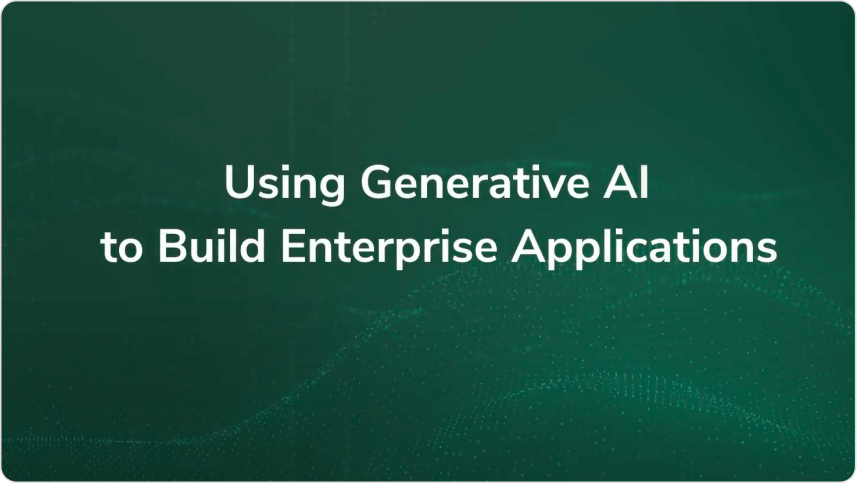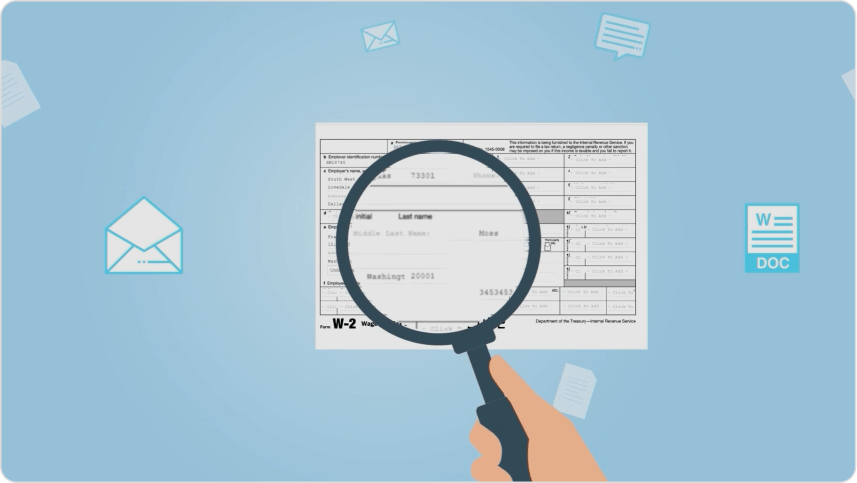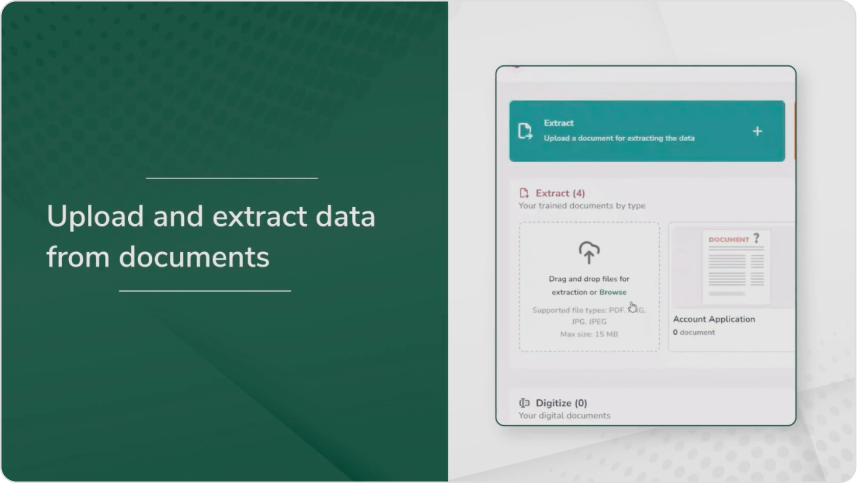Our AI-powered platform capabilities
How does Generative AI App Builder work?
JIFFY.ai Companion™ enables no-code application designers to build innovative solutions using business language. It can automatically build the relevant Business Objects needed for designing an application, determine their sophisticated inter-relationships, and populate them with sample data based on text inputs from users. Thereby, it streamlines every aspect of application design and empowers developers with an efficient and informed experience.
AI-based Digitizer
By converting paper-based forms into interactive digital forms, JIFFY.ai’s AI-powered Digitizer helps build streamlined, end-to-end digital experiences throughout document lifecycles. For example, you can transform a paper-based survey into an interactive digital survey, or take a customer onboarding form and create a unified digital onboarding experience–in a jiffy–using Digitizer. You can also modernize legacy physical forms to digital, gather data, communicate with third-party systems such as loan origination, core, ERP, and more.
AI-based Document Processing
JIFFY.ai’s AI-powered Document Processing solution enables you to extract relevant data from various types of structured, semi-structured, and unstructured documents such as ID cards, income statements, tax documents, utilities statements, receipts, driver’s licenses, invoices, and others. It automatically extracts and feeds data (date, name, address, ID, income, invoice amount, etc.) to the destination applications such as CRM, ERP, Account Processing Core (Fiserv, FIS, Jack Henry, etc), Loans, Payments, and others. JIFFY.ai adopts a hybrid approach to data extraction, so you can gain from AI’s predictive capabilities while learning from human inputs when exceptions arise. This places our document processing solution far ahead of most industry peers in terms of accuracy, scope, and user experience. For instance, a bank can add loan application details captured on their digital portal and generate a pre-filled .pdf document to send to the customer for e-signature and thus achieve end-to-end processing.
AI-powered Guided Tour
JIFFY.ai Companion™ automates the process of generating instructional materials and tutorials for technology applications. By analyzing the application's user interface, functionalities and interactions, the Generative AI-powered system generates step-by-step tutorials, user guides and documentation to help users understand and use it effectively. JIFFY.ai Companion™ automatically captures screenshots or recordings, annotates them with relevant instructions, and generates explanatory text or voice-over to provide a comprehensive and intuitive tutorial experience. It streamlines the manual creation process, reducing the burden on developers, and improving the user onboarding and learning experience.








